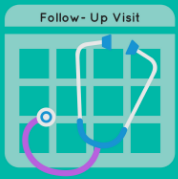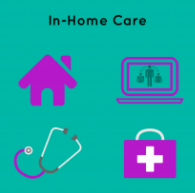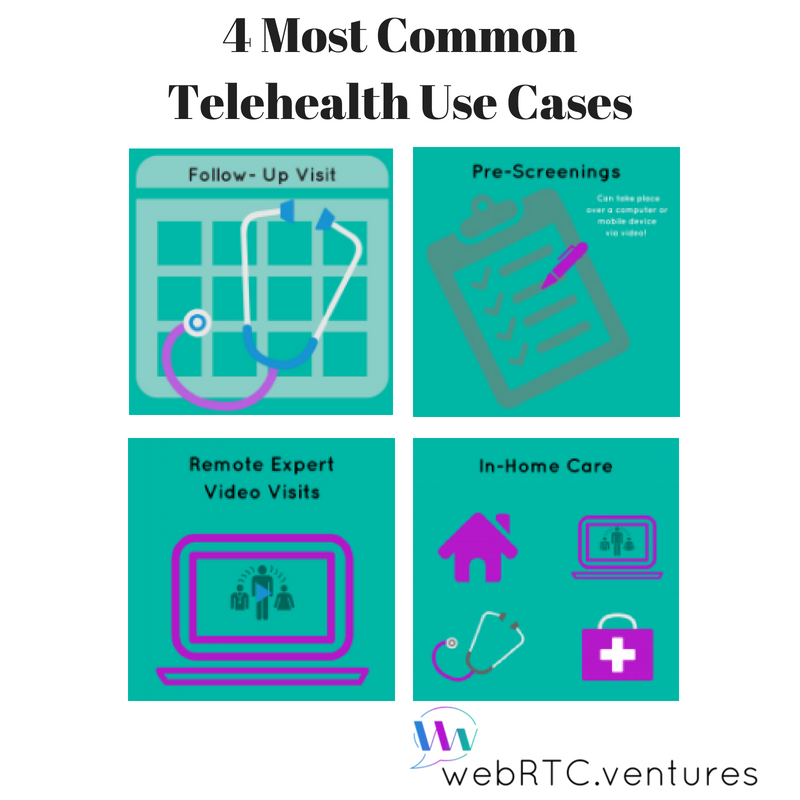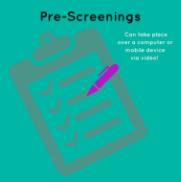Face-to-face, no matter the place — Telehealth is bringing patients and providers closer than ever before. With quality-of-life improvements for both, it has the potential to revolutionize the way you provide care, while keeping you fully compliant. This post looks at a few common telehealth use cases.
Common WebRTC Use Cases:
Follow Up Visits

Even multiple trips to the local family doctor can be a costly burden to the patient and care provider.
These readmissions and trips can often be eliminated by making the follow-up visit more convenient to the patient.
If a physical exam is not necessary, a video-based visit can be sufficient to see how the patient is doing, address the patient’s questions, and to confirm the patient is following the prescribed course of action.
The use of telehealth for follow-up visits is a great way to maintain or increase the level of patient engagement in their own healthcare.
Pre-Screenings
Sometimes the patient just needs a reassuring conversation with the care provider, or to ask a few quick questions.
Especially during off hours, this could be done via video to help a patient determine if an emergency room visit is necessary or how bad that cough sounds.
Telehealth pre-screenings via video can also be used prior to a surgery, mental health therapy and a number of other medical appointments.
Remote Experts

A patient may not be able to travel easily for a quick consultation, and a telehealth solution provides more convenient, accessible care.
Secure data exchange means that the patient records could be shared with only the remote specialist during the call, ensuring patient privacy.
In-Home Care

That in-person care provider may want to bring in another physician remotely to talk with the patient over video and help answer any questions the in-home care provider cannot answer.
These are just a few examples of how telehealth applications can be hugely beneficial to both patients and providers alike.
Want to learn more?
To find out more about common webRTC use cases and how webRTC can be used further to develop telehealth click here.
Think a Telehealth Solution may be right for your healthcare business?
We have a telehealth platform that is already built and can be quickly white-labeled and licensed for your use. We have decades of experience with over 200,000 hours invested in building real-time applications. You can read a client testimonial here.
Contact us today. We’ll help you get your user-friendly, HIPAA-compliant app — up and running with both the provider and patient in mind.












